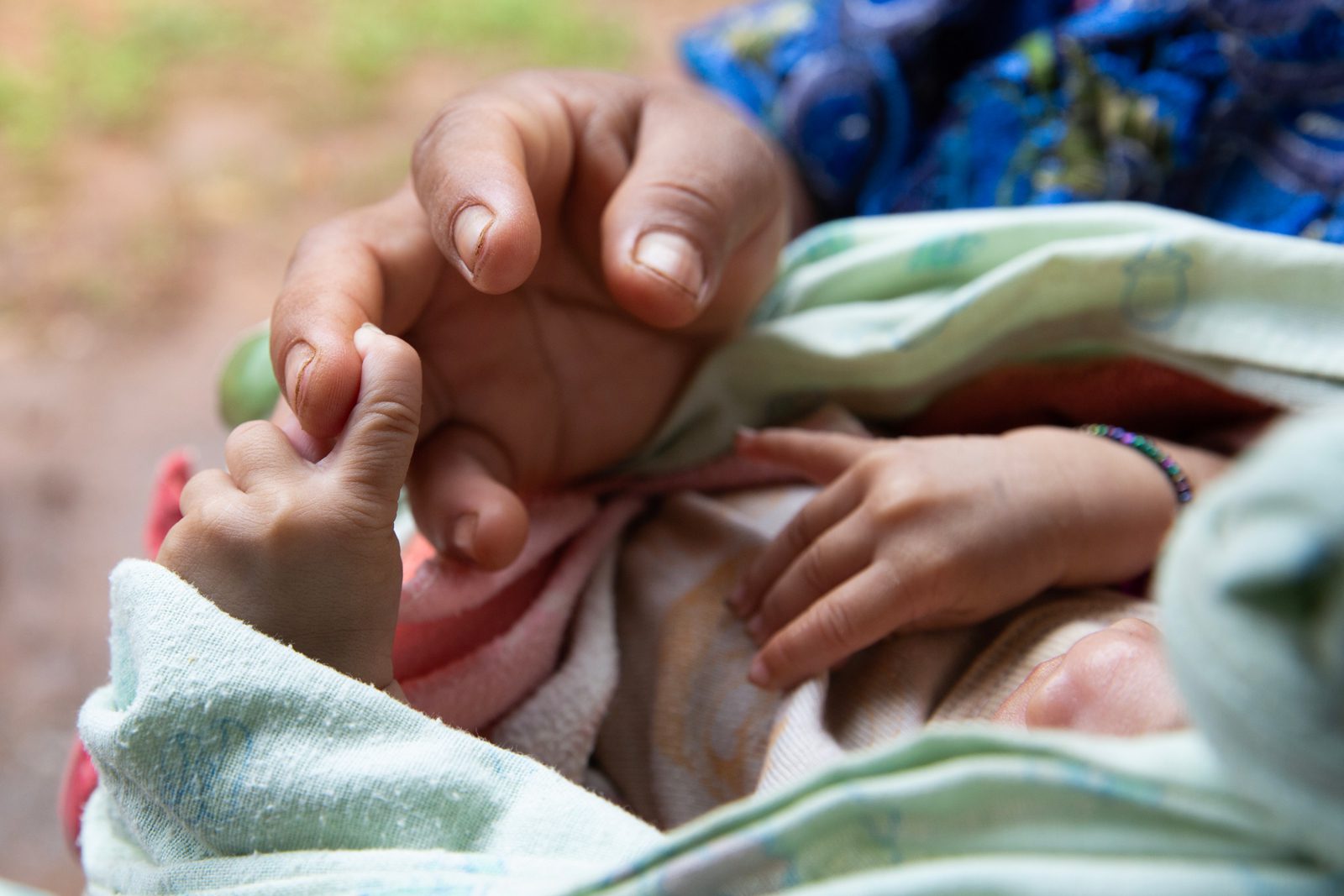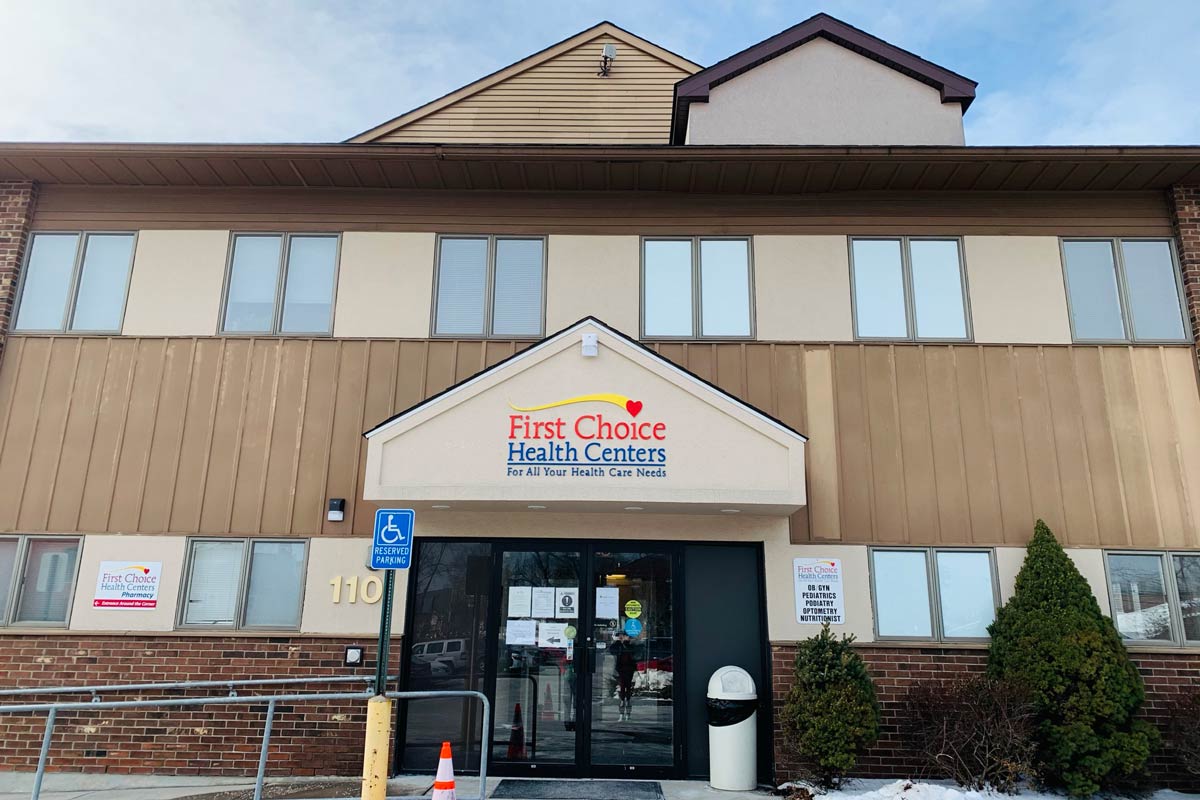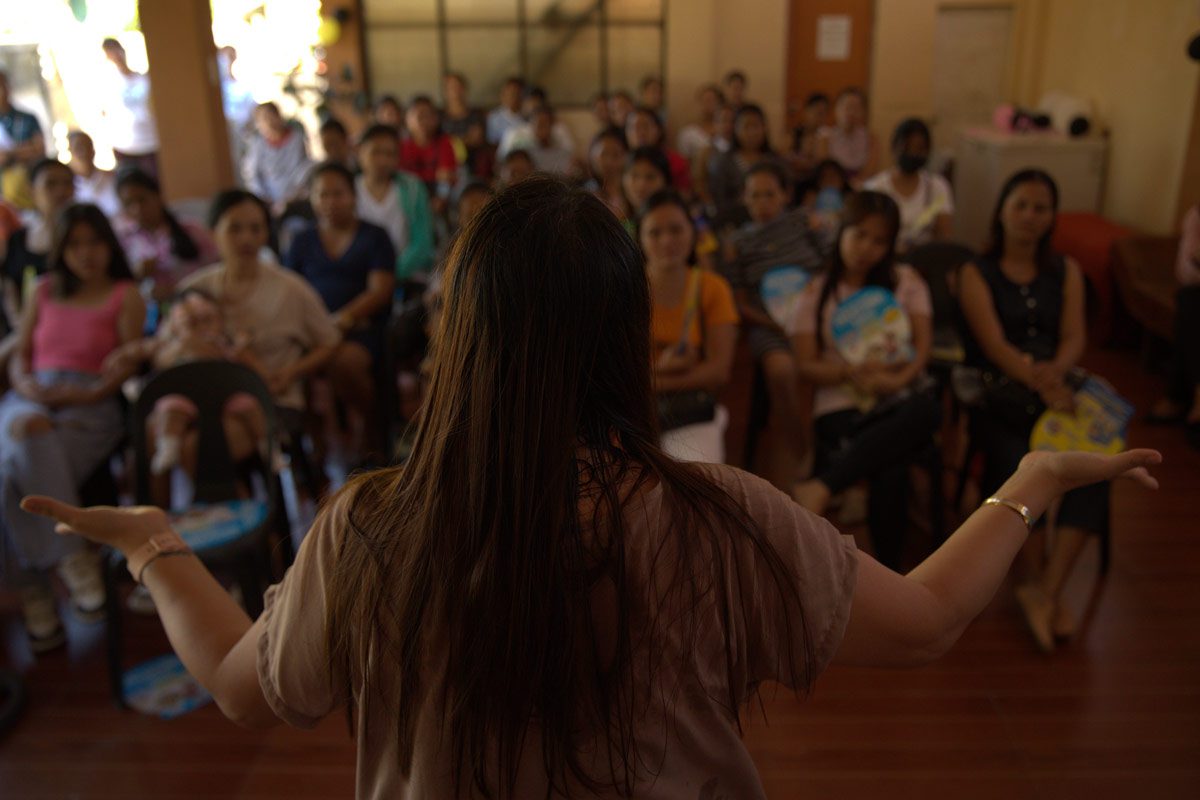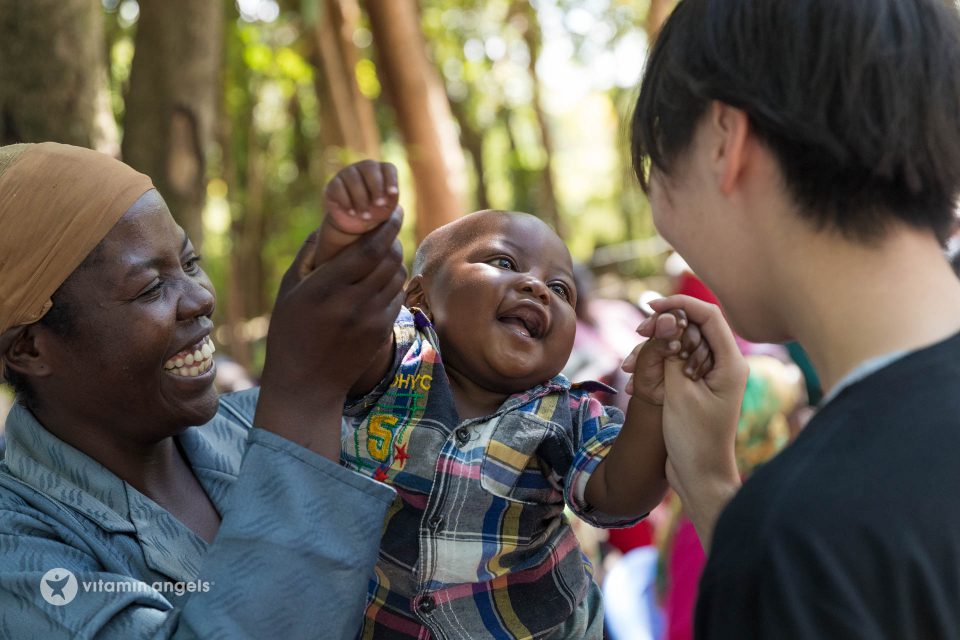They are known as comadronas in Guatemala, traditional birth attendants in Kenya, or midwives in the United States, but they are all focused on the same thing: extraordinary support for new mothers and their babies.
In communities around the globe, midwives are a beacon of hope—standing on the front lines of maternal and newborn health. Often the first, and sometimes the sole, source of care during the most vulnerable stage of life, these devoted caregivers offer a wide range of essential care to help mothers experience a healthy pregnancy, safe delivery, and successful postnatal period. The inspiring stories that follow shine a light on the selfless individuals who embody hope and health, changing the world one baby at a time.

Having known midwives in the US and around the world for almost fifty years now, I can tell you honestly that these are some of the most talented, compassionate, giving, and skilled professionals I have ever met. Talk with women and you’ll understand the kind of emotional support they receive from a nurse or midwife, and why this is such an important component of a healthy pregnancy.”
Howard Schiffer, a former midwife and, Vitamin Angels’ Founder & President
Pia, Vietnam
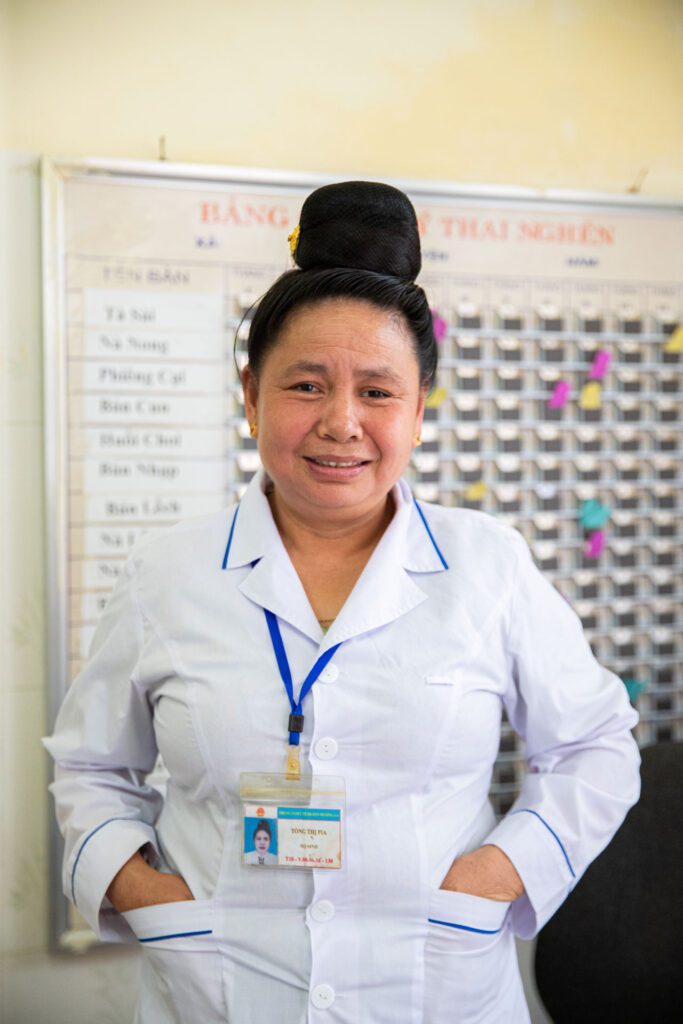
For 30 years, Pia has worked at the health center in Chieng Lao. According to her, Vietnamese families in previous generations did not prioritize education, making it difficult to improve maternal care in Son La province. Additionally, the remote and mountainous locations of the communes, along with the cyclical migration of their occupants for work, make it logistically challenging for women to receive proper care.
Fortunately, she had seen some positive changes in her community. Since the clinic began distributing vitamin A to children, more women have been registering for antenatal care. They have realized the benefits of supplementation for their children and have decided it could benefit them as well. Local health workers have come up with creative ways to increase the number of visits from pregnant mothers. For example, Pia used a board on the wall to monitor the health of all pregnant women in the community. They registered the women during their first appointment and put a card with their information on the dashboard. To ensure that women continued to receive care, they scheduled their next appointment before they left and followed up personally if they missed it.
During visits, midwives monitor fetal development and educate women on the benefits of receiving regular care. They provide health and nutrition education and weigh the children. In the past few years, more women have started to come to the communal health center to give birth, significantly decreasing home birth rates.
Pia enjoyed attracting more patients to the center, and she is encouraged by the positive changes in the health status of women and children in her community. She used to have to visit the villages and go door–to–door to see families, but since the clinic began distributing MMS, the patients come to her.
Angelina & Rosaria, Guatemala
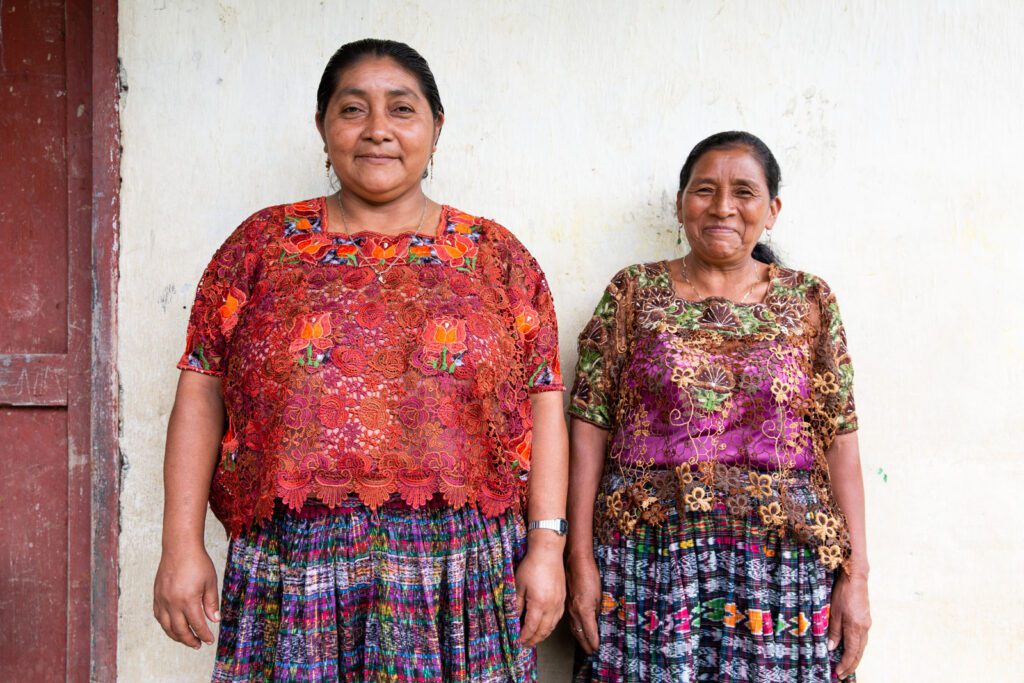
Angelina and Rosaria have worked together as comadronas in Guatemala’s Sierra de Santa Cruz mountains for over 20 years. The traditional midwife’s role is to support women throughout their pregnancy and into the postpartum period. With hospitals hours away, often the Comadronas are the only healthcare workers within the community. Angelina and Rosaria advocate for their role within the health system and support the mother-to-be with nutritional education, labor, and guiding her into motherhood. The role is a highly respected one, elected by the community, these women holding the position are considered spiritually superior and often pass down the title through generations.
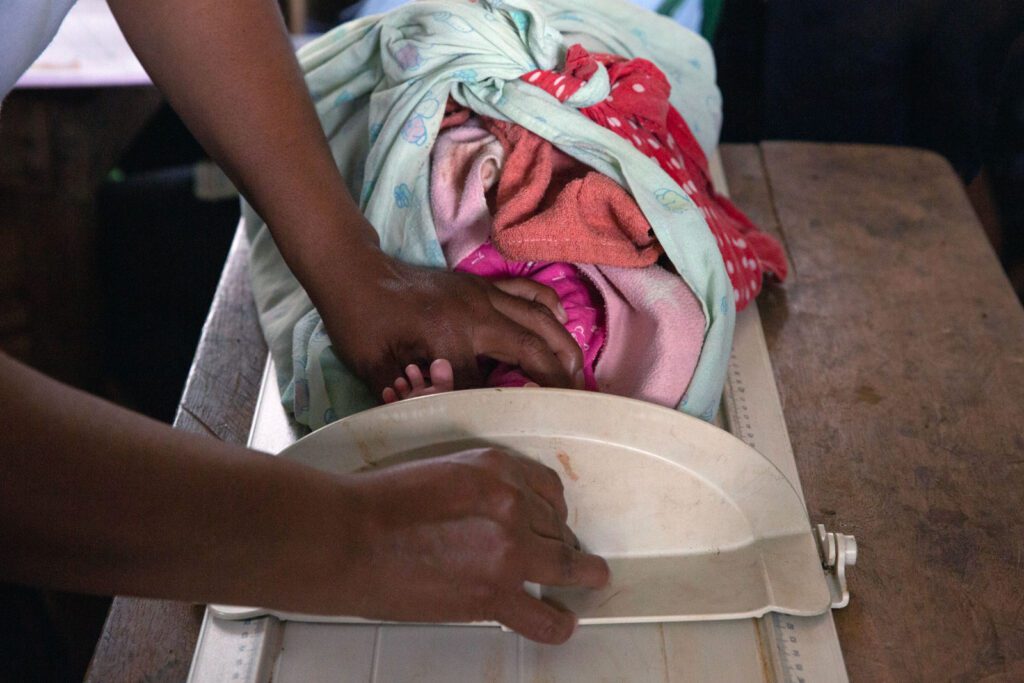
Nerissa, The Philippines
A 2013 storm marked one of the deadliest typhoons to strike the Visayas island group in the central Philippines, claiming over 6,300 lives. At landfall, Haiyan (Yolanda) had maximum sustained winds of 195 mph (314 km/h), making it one of the most, if not the most, powerful tropical cyclones to strike land.1 The physical destruction and economic impact pushed an estimated 2.3 million people into poverty.
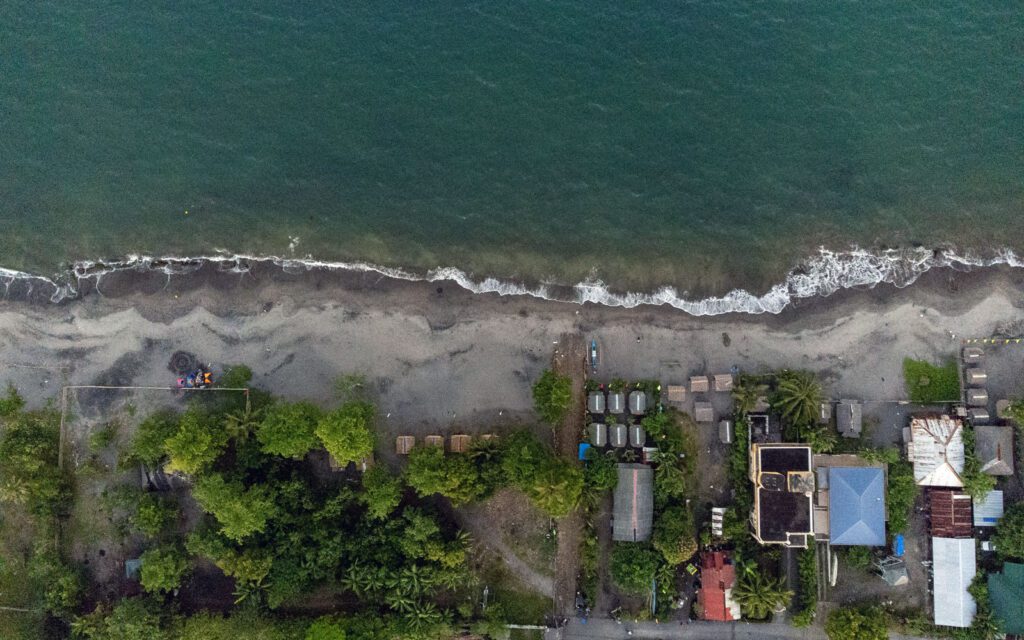
Nerissa had no idea how much her life would change after the storm hit. In response to the disaster, a non-profit organization called Mercy in Action stepped in to help. Nerissa joined the team and worked tirelessly to provide healthcare, including delivering babies in tents, in the aftermath of the storm which had left many hospitals devastated. With the help of Mercy in Action, Nerissa’s clinic was eventually rebuilt to provide free maternity care to all those in need.
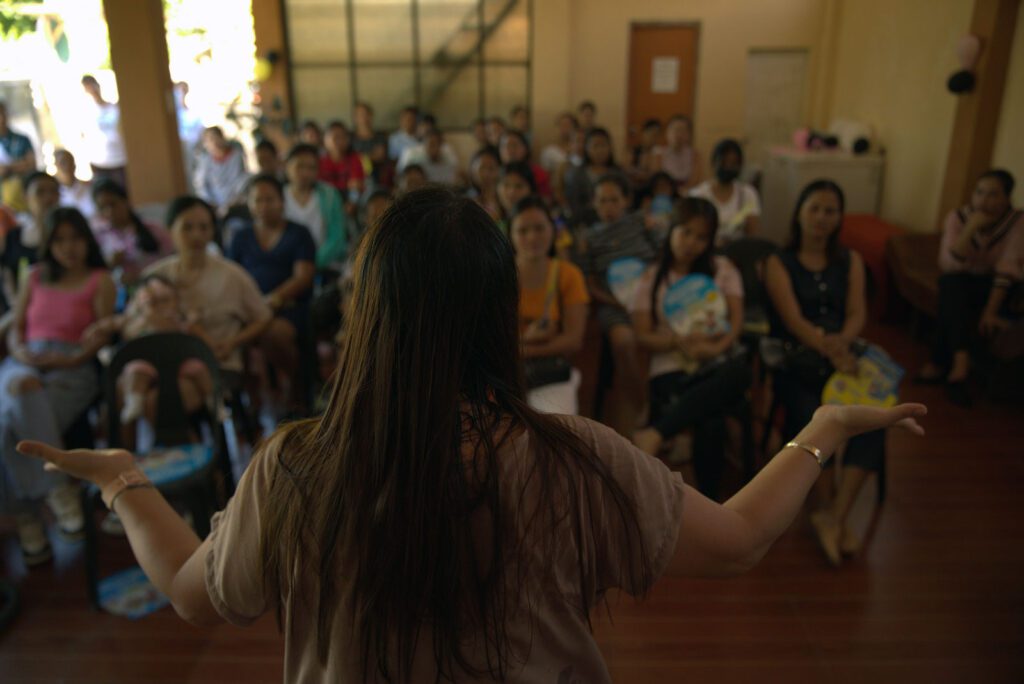
Ten years later, Nerissa is known as an advocate for pregnant women in her community. Her passion and dedication have greatly improved maternal health experiences for women in Tanauan.
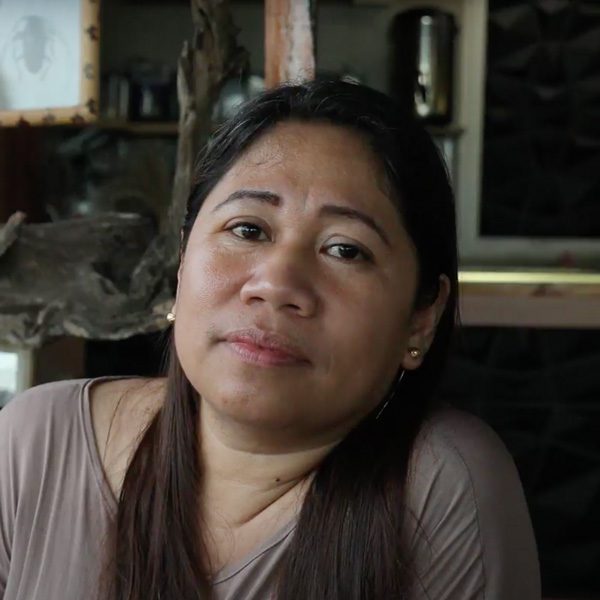
Yolanda was life-changing for all of us. Despite the difficult situation and uncertainties we faced during that time, every baby born gave us a gleam of hope.”
Nerissa, Midwife
Florence, Kenya
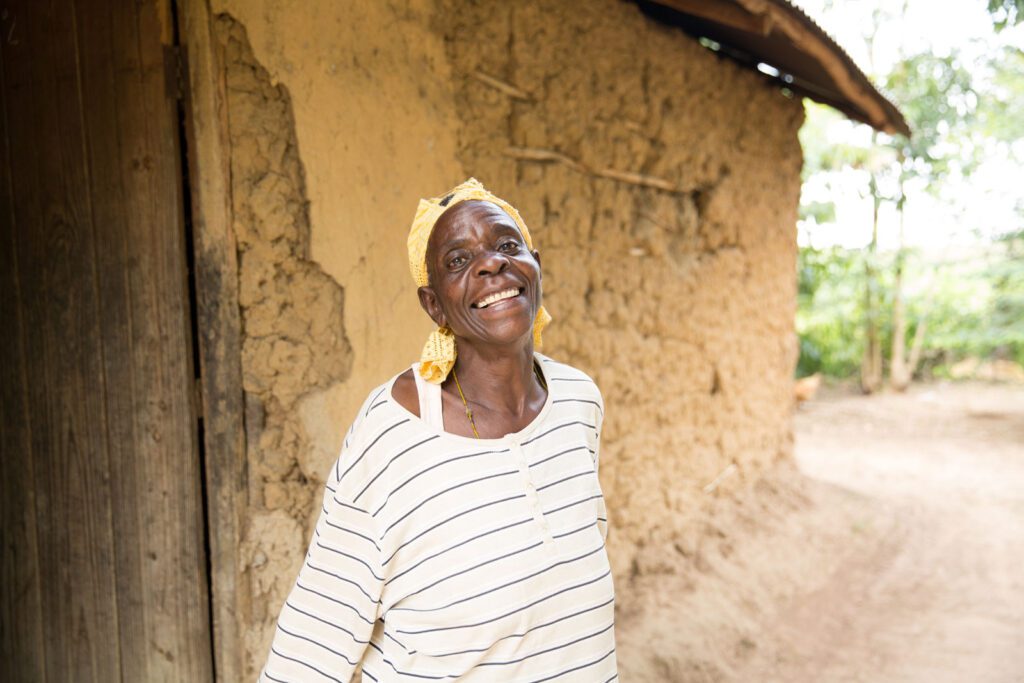
I believe all traditional birth attendants must have a heart for their work.
Florence, Midwife
In Matayos, Kenya, Florence was the only traditional birth attendant in her rural village, which was home to more than 7,000 women. Although her community sits miles away from the nearest hospital, Florence has delivered more babies than she can count. When we asked about what it takes to be a traditional birth attendant (TBA), she shared, “I believe all TBAs must have a heart for their work.” It was evident that Florence had a passion for helping to bring hundreds of healthy babies into the world.
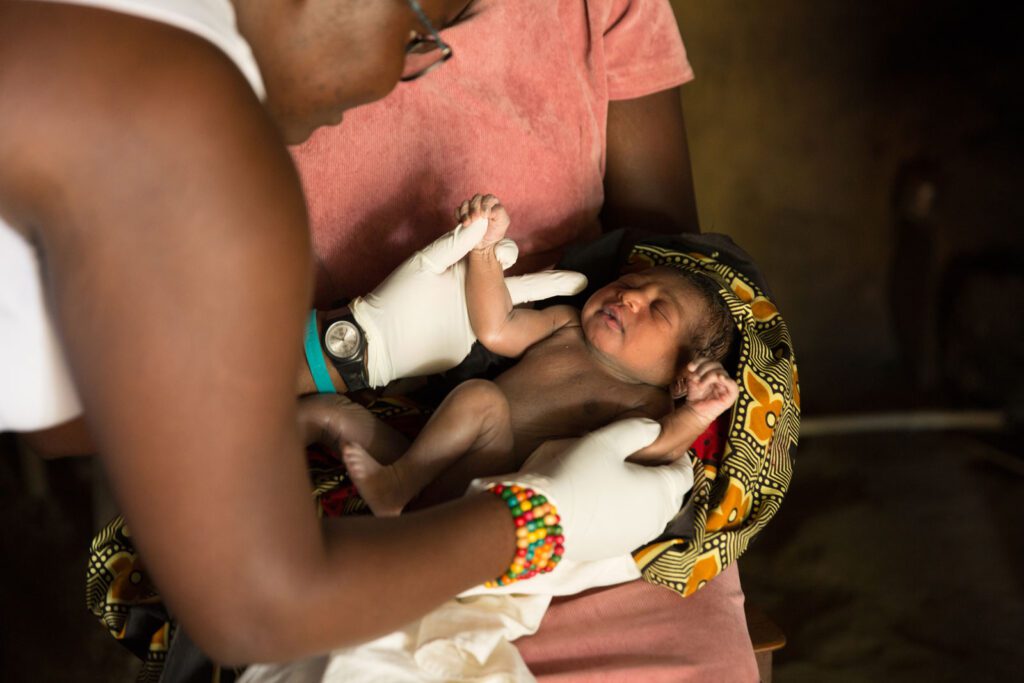
The United States
As a midwife to be able to help nurture their pregnancy, and to nurture them as women, and to meet their needs, during adolescence, into puberty, and all the way through menopause. It’s awesome to be able to walk that journey with women.
Kari, Midwife
Kari Ney is a devoted midwife who works at the Promise Community Health Center located in Iowa. The center is true to its name, providing a payment model that adjusts according to an individual’s financial capacity, making health services easily accessible to all pregnant people.
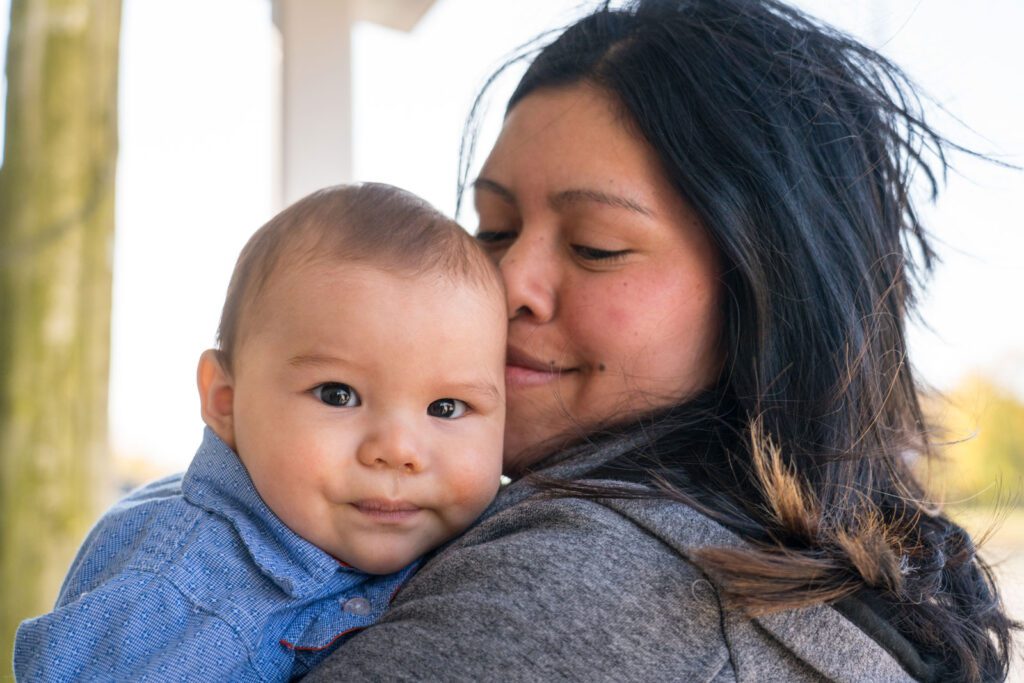
Kari and her team at the health center have primarily relied on word-of-mouth advertising for their health center’s promotion. Over the years, generations of immigrants have shared vital information about the center’s services, making it a go-to center for pregnant individuals in the community. However, misconceptions about pregnancy care can hinder early interventions, some of her patients wait until it’s time for an ultrasound to seek care. To combat this, Kari and her colleagues hang posters around town to promote earlier care while addressing some of the most prevalent pregnancy myths.
Kari is committed to educating her community of moms-to-be, emphasizing that good nutrition during pregnancy can lead to better labor and birth outcomes. By building relationships with her patients, which happens to be her favorite part of the job, and teaching them the importance of prenatal care, she’s changing lives every day.

